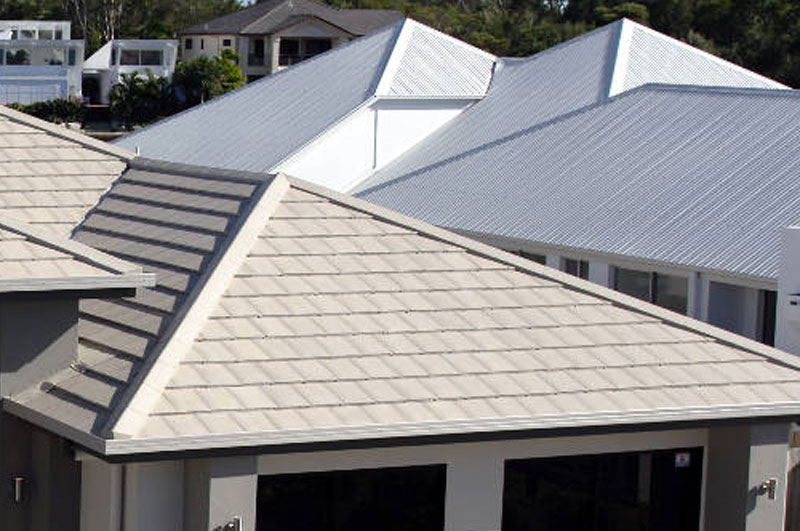
Metal vs. Tile: What is the Best Roofing Material for Your Home?
26 April 2022The roof of your home property plays various roles in keeping your family comfortable and safe.
Since it is located on the top part of the structure, it can easily deter ultraviolet rays, rainwater, and wind from entering your rooms and spaces. It also helps in preventing insects, birds, and others from infiltrating the interiors of your property. Your roof can likewise provide thermal insulation and soundproofing, ensuring that your family can have a cosy and peaceful living experience.
But all these benefits of the roof can only be attained once it is made from the right material. To date, there are two roofing materials that you can choose for your home. These materials are metal and tile. Knowing their qualities can help you decide the best roofing option for your home.
Metal Roofing
Metal roofing is often produced in rigid sheets of metals like steel alloys, copper, and zinc. These sheets are then paired with vertical-seam and press-formed panels that can be coated or painted. Metal roof sheets are added with granules, which protect them from scratches and dents caused by flying debris.
Metal roofing is popular among homeowners as it is durable. The durability of metal roofing is enhanced by adding the right set of materials. It then makes the metal roofing resistant to wind, moisture, fire, mould, and pest. And with up to 70 years of service life, metal roofing can surely provide property owners great value for their money. Metal roofing is also known for reflecting solar radiant heat, helping property owners cut their energy bills by up to 25%. Ultimately, metal roofing is recyclable and eco-friendly.
All these features make metal roofing appealing to a lot of property owners. However, it can be expensive. It can also be dented with heavy objects and debris. And as the rain pours, metal roofing can create noise as a result of the impact.
Tile Roofing
Tile roofing, alternatively, is produced out of slate, fired clay, and concrete. Most of these materials come from a local source, which makes the processing of tile roofing easier and more convenient for manufacturers. They can also be recycled, making tile roofing sustainable in the long run.
One of the benefits of tile roofing is it can last for almost a century. With proper care and maintenance, property owners can expect their tile roofing to stay intact for multiple decades. Its longevity is associated with its resistance to wind, extreme temperatures, pests, and fire. Tile roofing even boasts a low moisture absorption rate, making it waterproof and mould-resistant. Another great thing about tile roofing is it is energy-efficient. With its high thermal mass, it can easily optimise indoor temperatures and energy use.
One limitation of tile roofing, however, is it can attain impact damage. Foot traffic, improper installation, and falling debris can all generate damage to the tiles. Tiles can likewise lose their appealing colours due to their porous nature. And without the right upkeep, the tile roofing can attain some stains over time.
If you value longevity, appeal, and energy efficiency, you may want to go for tile roofing. To provide you with quality tile roofing, you can contact us at Higgins Roofing.
Recent Posts
-
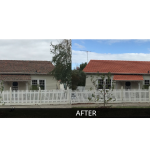 Terracotta Tile Roof Restoration: 7 Signs Your Roof Needs Urgent Attention
Terracotta Tile Roof Restoration: 7 Signs Your Roof Needs Urgent Attention -
 Residential Roof Tile Installation: Preparing Your Home & Site for Installation Day
Residential Roof Tile Installation: Preparing Your Home & Site for Installation Day -
 Roof Extensions in Heritage Overlays: Matching Monier Profiles Without Breaching Planning Rules
Roof Extensions in Heritage Overlays: Matching Monier Profiles Without Breaching Planning Rules -
 Are Monier Concrete Roof Tiles the Most Economical Roofing Option? Here Are the Key Reasons
Are Monier Concrete Roof Tiles the Most Economical Roofing Option? Here Are the Key Reasons -
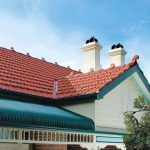 Roof Tiling Melbourne: Expert Climate-Driven Choices for Long-Lasting Roofs
Roof Tiling Melbourne: Expert Climate-Driven Choices for Long-Lasting Roofs -
 Terracotta Roof Tiles: Monier Classic Styles Backed by Modern Roofing Technology
Terracotta Roof Tiles: Monier Classic Styles Backed by Modern Roofing Technology -
 Roofing Services Melbourne: Don’t Risk DIY – Call the Professionals
Roofing Services Melbourne: Don’t Risk DIY – Call the Professionals -
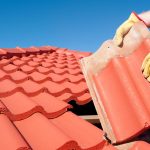 Need Melbourne Roof Replacement? Choose Monier Tiles for Long-Lasting Results
Need Melbourne Roof Replacement? Choose Monier Tiles for Long-Lasting Results -
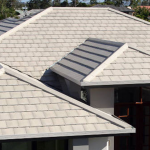 Monier vs. French Terracotta Roof Tiles: Which Is Best for Australian Homes?
Monier vs. French Terracotta Roof Tiles: Which Is Best for Australian Homes? -
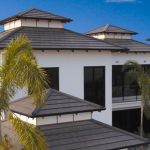 Multi-Unit Roof Tiling: Scaling Up with Monier Tiles Without Compromising Quality
Multi-Unit Roof Tiling: Scaling Up with Monier Tiles Without Compromising Quality

